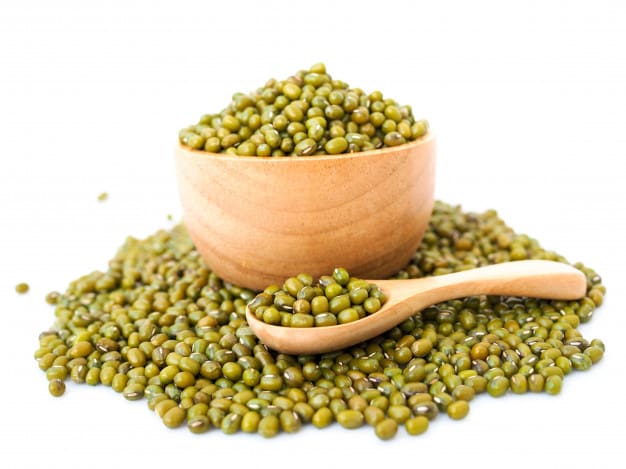Control the sucking pest in moong crop in this way

Moong has a special place in pulse crops. It is a good source of protein, carbohydrate and fat. Apart from this, the amount of vitamin C is also found in it. Its cultivation is very beneficial for the soil of the field. But sometimes due to the infestation of sucking insects, there is heavy damage to the moong crop. In such a situation, you can see from here the information and control methods of sucking insects in the moong crop.
-
Thrips: These pests damage the crop by sucking the sap of moong plants. Affected leaves turn upward. As the infestation progresses, the plants turn yellow and become weak and the growth of the plants stops. Destroy the affected plants to prevent the spread of this pest. Treat seed per kg with 2 ml imidacloprid. To control thrips, spray with imidacloprid @ 1 ml per liter of water.
-
Mahu: Being in group, it causes more damage to the crop in less time. The length of the adult insect is about 1 to 2 millimeters. These insects suck the sap of tender stems, leaves, flowers and pods of plants. As a result, the plants become weak and the leaves appear shriveled. Flowers are less in plants and grains are not formed in pods. The growth of plants is hindered as the outbreak progresses. Apply 5-6 yellow sticky traps per acre of field to control mahu. Along with this, sprinkle 50 ml country hawk in 150 liters of water.
-
Whitefly: The color of the adult insect is white and the eggs are white to beige in colour. These flies suck the sap of the leaves. Due to which the leaves start to shrivel and fall. Plant growth stops. These flies also work to spread virus diseases from one plant to another. For control, spray 1 ml imidacloprid 17.8 percent SC per liter of water.
Read also:
-
Get information about the suitable time for sowing moong and preparation of the field from here.
We hope this information will prove to be important for you. By using the medicines and other measures mentioned in this post, you can easily control the sucking insects in the moong crop. If you liked this information, then like this post and also share it with other farmer friends. So that other farmer friends can also take advantage of this information. Ask us your questions related to this through comments.
Please login to continue

Get free advice from a crop doctor
